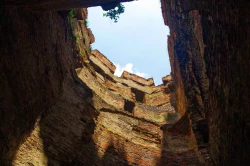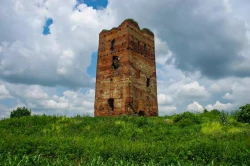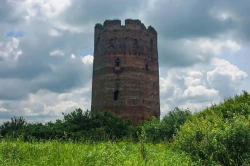Körösszeg

The castle of Körösszeg (Donjonul Cheresig) can be found in Romania, in fact, the not-well-tailored Hungarian-Romanian border cuts brutally through the site.

This castle is a forgotten Hungarian monument. Bihar County, especially its lowland part, is not rich in medieval, Árpád-era architectural monuments. Since the Bihar plain and the Sárrét area were mainly characterized by earthworks, the brick and, less frequently, stone walls that survived were first used in royal, manorial, and ecclesiastical architecture and remained exclusively in this area until the end of the 18th century. One of the oldest of these, and one of the rarest built monuments in the area, is the so-called ‘stump tower’ of Körösszeg, which stands very isolated and lonely.
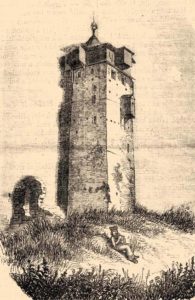
Picture: Benő Gyula
The castle can be found northwest of the village, directly on the Romanian-Hungarian border. Most of its area is on the Romanian side, while part of the moat (the northern corner) is on the Hungarian side. The land features show that it was a fortress with a roughly trapezoidal shape (about 120 x 130 m), with its corners facing the four cardinal points. It is probably the trace of a ditch, possibly supplemented by a rampart or stone wall.
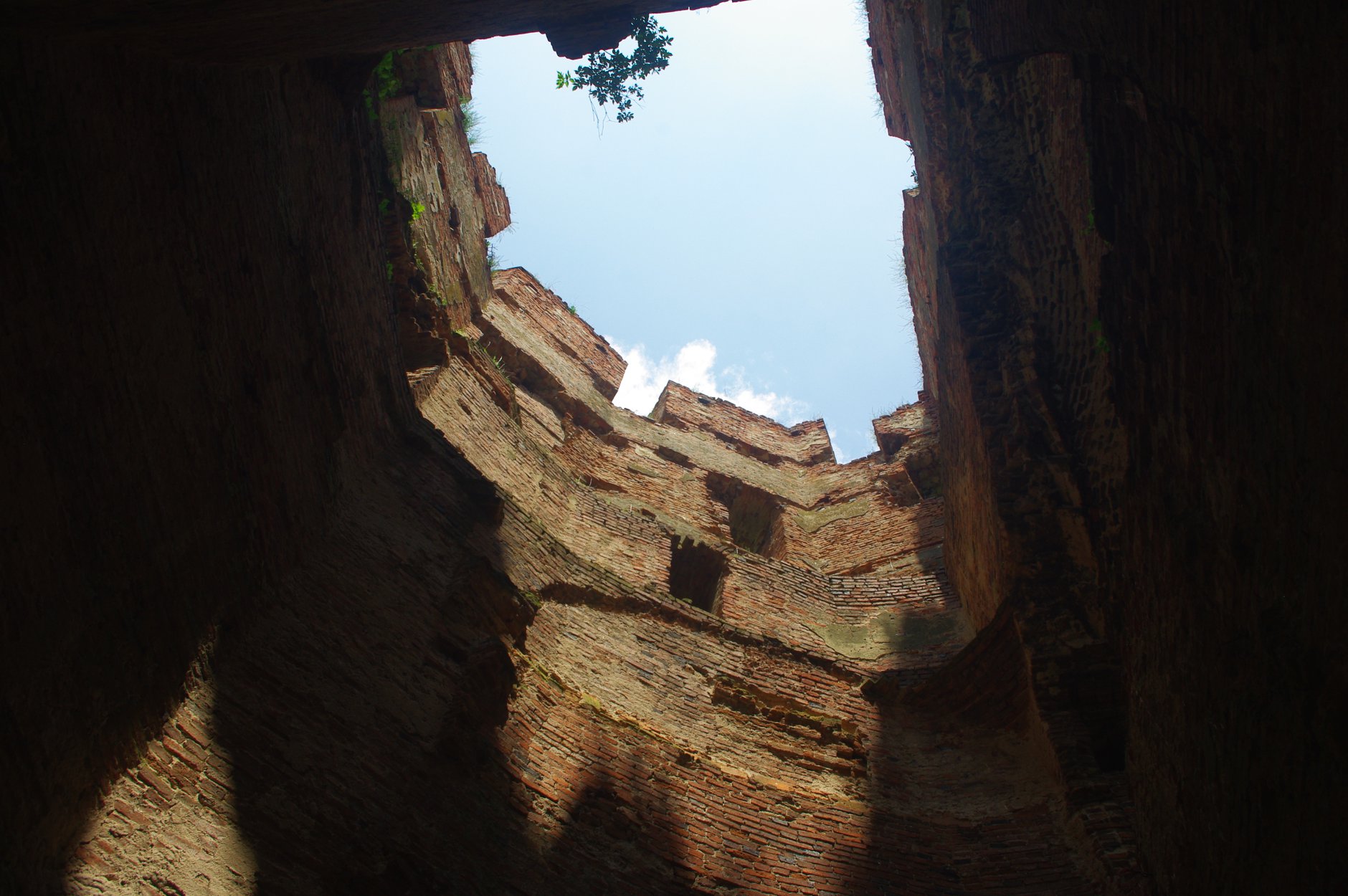
Within this, near the north-western side, is the residential tower of the castle on a rectangular hill (about 50 x 35 m). The building is 24 m high and is divided into five or six levels, the uncertainty being because the first or second level was vaulted, and the other stories have a plank roof. The entrance was from the first floor, from where a staircase, built in the thickness of the wall, led to the higher floors. The size and number of window openings were larger on the upper floors, some of which were of a mullioned design. The tower was crowned with a protective parapet and was covered.
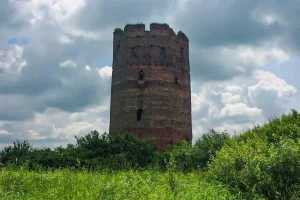
The walls were of varying thickness: at ground level they were nearly 4 m thick, thinning pyramidally towards the castle’s ramparts. At the top level, the wall is almost 1 m thick, with a steep staircase. The tower was 24 m high and divided into five or six levels. Documents from the early 16th century show that the castle consisted of another smaller tower, possibly a gate tower, and a chapel. In 1635, a double wall system around the castle was mentioned, as well as two gates, an old one and a pedestrian one.
The castle is one of the most common constructions of the post-Mongolian invasion period, and its name was first mentioned in written sources in 1289 when it was owned by Beke of the Borsa clan. The most significant events of the castle date back to this period, when a weakened royal power had to face the military threat from the west, the reappearance of Mongol armies on the border, the problems of the settlement of the nomad Cumans, and the aspirations of the lords and oligarchs for independence.
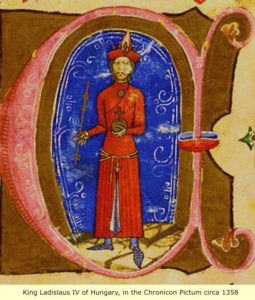
The life of King László IV (Kun / Cuman) was extinguished within these walls in 1290, and it is not known whether it was solely due to the Cumans’ intentions or possibly also to a conspiracy of the Borsa family. Borsa Kopasz was a regional overlord, well known from textbooks, in the period after the extinction of the Árpád Dynasty, whose power was only finally crushed by King Károly Róbert much later, in the context of a major campaign. Körösszeg castle came into royal hands in 1317.
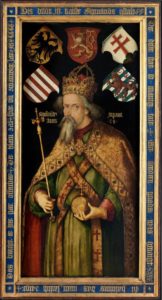
Körösszeg remained a royal castle until 1390 when King Zsigmond gave it to Losonci István. When the Losonci family was discontinued, it was taken over by the Csáki family in 1396. It was the time when they listed the settlements belonging to the market town of Körösszeg: they were Cséfa, Pankota, Tamási, Vásári, Besenyő, Berek Böszörmény, Tölgykereke, Darvas, Károly, Szent Katalinasszonyfalva, and Ivánd. In 1421, other villages were added: Új Tóti, Ó Tóti, Komádi, Ó Esz, Új Ész, Kenéz, Körmösd, Félegyház, Méhes, Szent Iván, Apáti, Orosztelek, Vásárhely, Tobol, Homrok, and Bélsok.
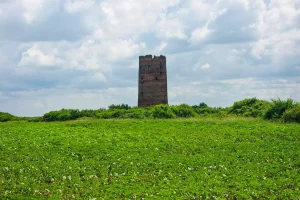
In the Turkish era, it was the outpost of (Nagy)Várad (Oradea), which had to withstand a siege in 1598. Its final destruction took place between 1604 and 1606 when it was burnt down by the Hajdú soldiers of Prince Bocskai István of Transylvania, and its walls were scattered for building material by the industrious inhabitants of the surrounding area over the centuries. It was mentioned as an abandoned place in 1635. Besides the known buildings, other premises were also mentioned: a pub, a mill, and stables. Since then, it has been in ruins, abandoned, and in need of archaeological excavation and restoration.

Access to the castle is legally possible from the Romanian side, as the tower guards the other side of the Schengen border. Around the center of the village, a dirt road, which is passable by car, leads from the main road to a former Romanian border post, and after a curved bend, you can see the ruined tower in the middle of a cornfield.

From the Hungarian side, you can see it from the road between Körösszegapáti and Berekböszörmény and you can get there through the fields. However, from this direction, as there is no crossing point, the border can only be crossed in a forbidden way, so we do not recommend it. We would not be surprised, of course, if, in the absence of border guards on duty, some people had not attempted to cross in the past for a quick visit to the castle, part of whose defenses certainly belong to present-day Hungary.
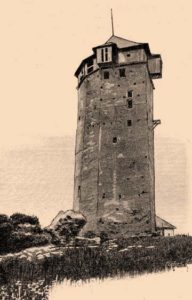
Picture: Benő Gyula
Dear Readers, I can only make this content available through small donations or by selling my books or T-shirts.
If you like my writings, please feel free to support me with a coffee here:
You can check out my books on Amazon or Draft2Digital, they are available in hardcover, paperback, or ebook:
https://www.amazon.com/dp/198020490X or at https://books2read.com/b/boYd81

My work can also be followed and supported on Patreon: Become a Patron!http://Become a Patron!














